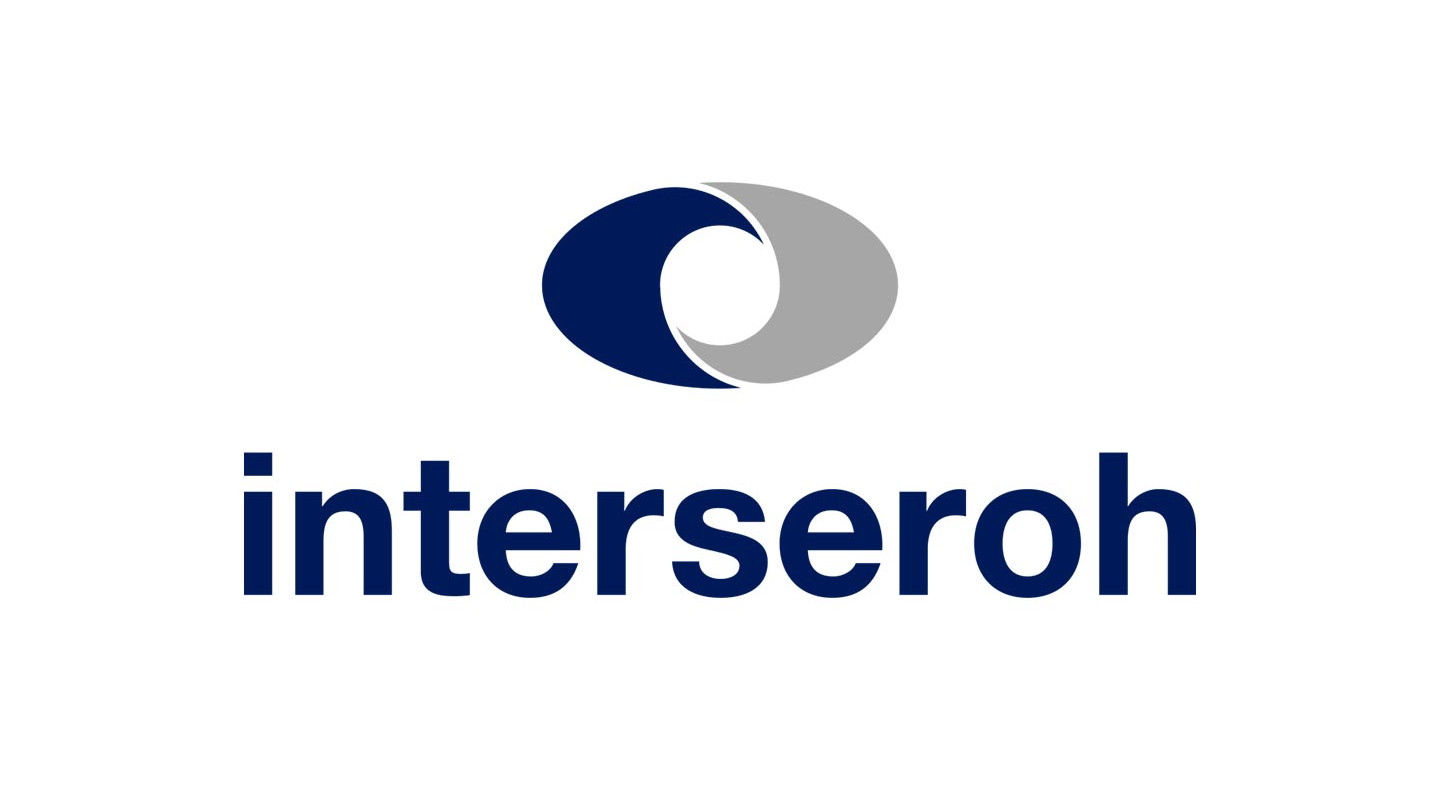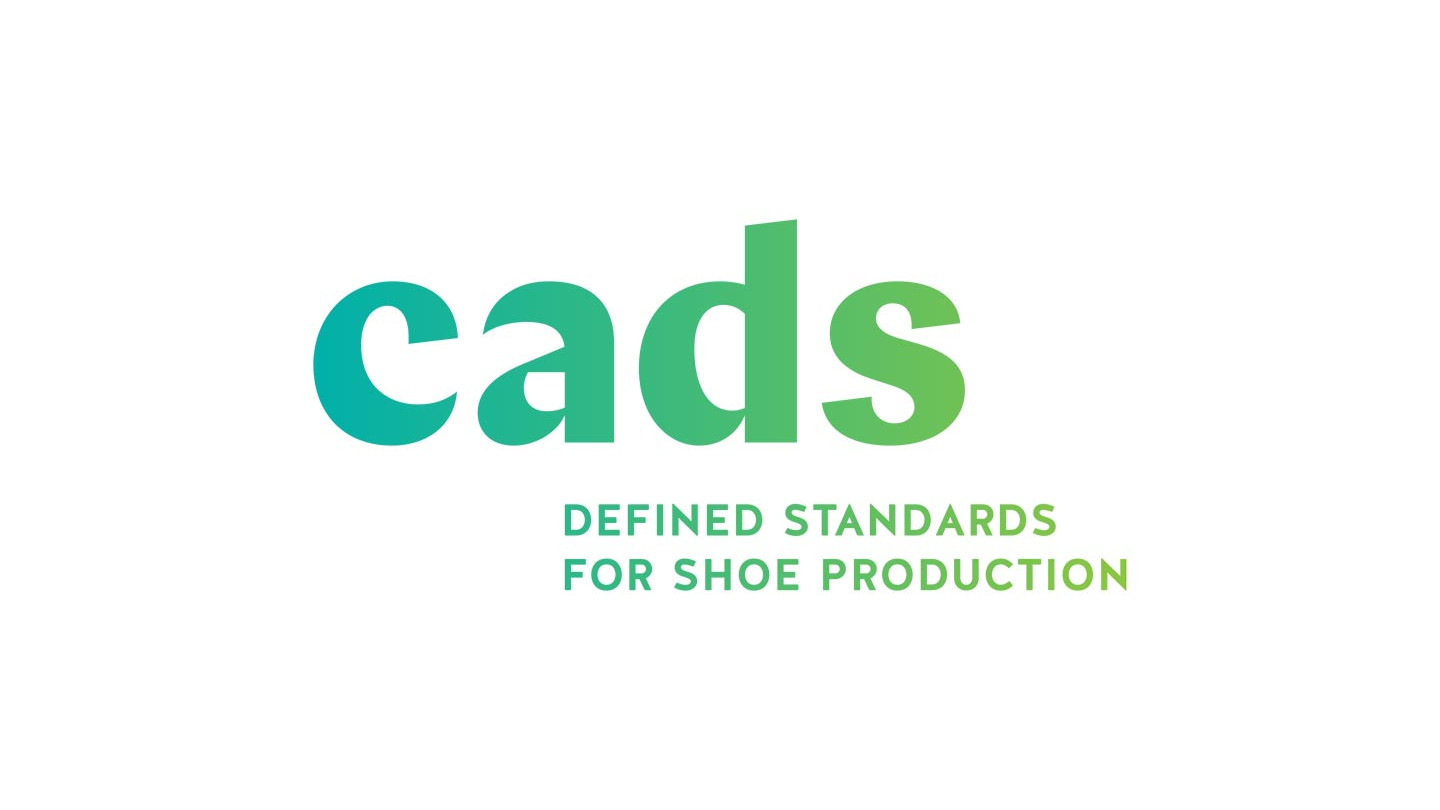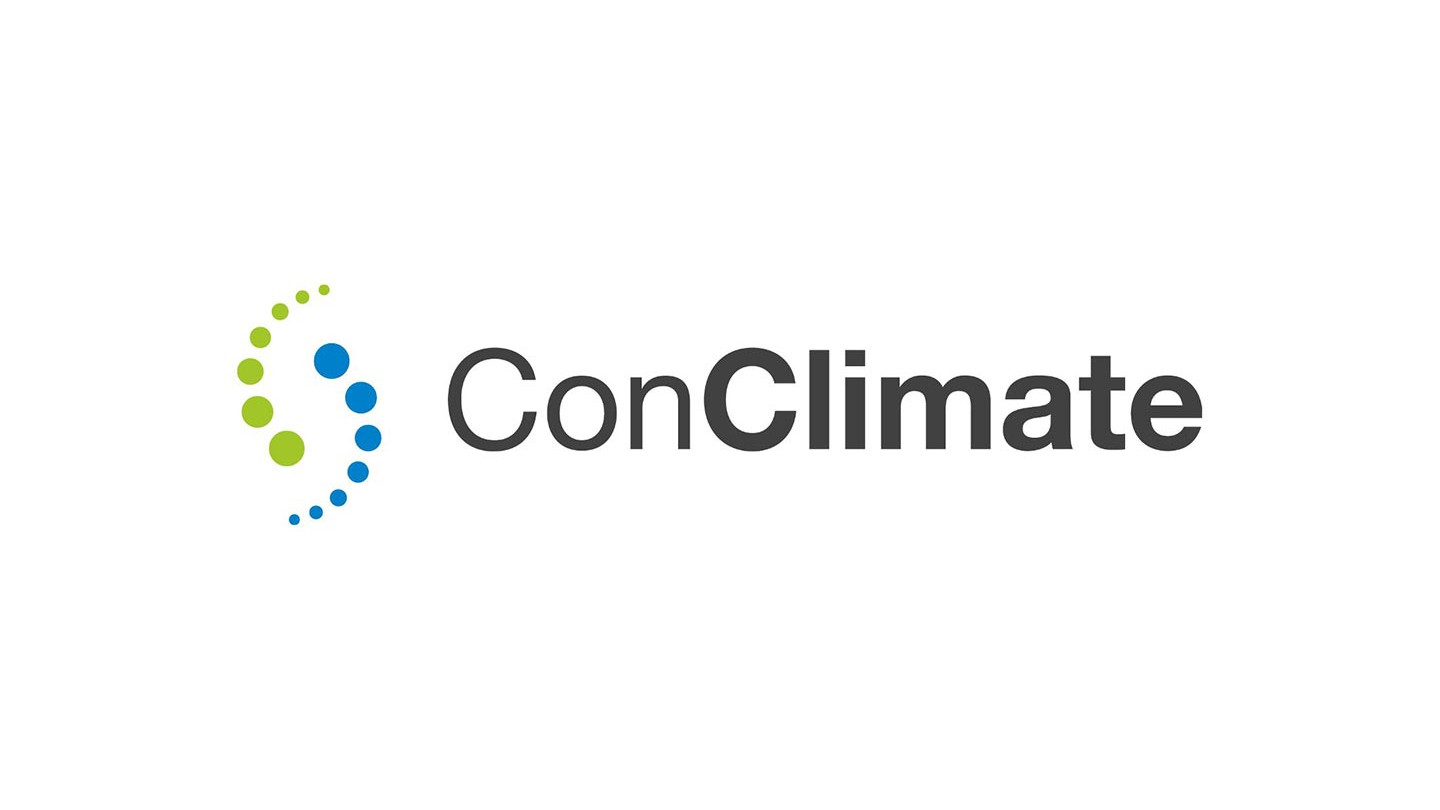EFFICIENT
As a globally active company, we bear responsibility for the environment and society.
This is our conviction and therefore we live it both nationally and internationally to ensure social commitment through sustainable action that also protects and supports people’s health at all levels of production – from production to delivery! Our products are continuously tested and are free of harmful substances. We act legally, ethically and morally.
We pay attention to CADS, cardboard boxes, wrapping paper, increased proportions of sustainable materials, as well as BSCI or comparable certificates for production sites.
Our shoe boxes are made exclusively from 100% recyclable cardboard and are produced without glue.
Why do we use leather?
Leather production is one of the oldest crafts. People have been using leather for clothing and footwear for around 100,000 years. The high-quality natural material is particularly durable. Good leather shoes are not disposable products, but accompany their wearers for a long time.
We make sure that our leather or raw materials from animal skins are a by-product of food production. For us, it is a very sustainable approach to produce high-quality, long-lasting products from the hides or the leathers produced from them – especially since most alternatives are made of plastic and it is important to consistently reduce plastic waste. In addition, there is no material that has as many positive properties for shoes as leather, especially breathability and protection from the elements.
However, we do look into possible alternatives to leather and use them where it makes sense – such as inner linings made from recycled materials. Here we pay particular attention to sustainable and environmentally friendly factors.
We do not use leather for outsoles. In recent years, we have also increasingly developed shoes with alternative upper materials such as canvas or mesh. However, we have not yet succeeded in developing a substitute that combines all the advantages of leather as a natural product.
"We can't change the wind, but we can set the sails differently."
Origin of leather
One thing should be said in advance: We only use hides that are a byproduct of meat production and we completely avoid using leather from endangered species.
The leathers we use come exclusively from reputable tanneries and come mainly from Italy. There we do not buy from dealers, but directly from manufacturers with whom we have been working for many years. The origin of the leathers is therefore known to us. Furthermore, our leathers are regularly tested physically and chemically for harmful substances. If you want to know more about our pollutant monitoring click here.
Besides Italy, we also source a smaller percentage of our leathers from other countries, e.g. Portugal or India. Here, too, we are mostly dealing with long-standing supplier relationships. Our cooperation is characterized by a relationship of trust – but also by compliance with the requirements of the Code of Conduct. This is regularly checked by our own employees on site or by commissioned inspection bodies.
Leather is considered a high-quality natural material and a durable material for clothing and shoes. For some models of our new brand Pius Gabor we use organic leather for the upper material. Our organic leather is metal-free, vegetable-tanned and chemically harmless. And it is compostable according to ISO standard 20200:2004. The standard, which is actually used to prove the biodegradability of plastic, was modified to ensure its applicability to leather as well.
The majority of the tanneries from which we source our leathers are certified or validated according to:
LWG (Leather Working Group)
The Leather Working Group (LWG) is an initiative where different stakeholders, such as brands or tanneries, have joined forces to make conditions in tanneries and intermediaries more transparent and sustainable. To achieve its goals, the Leather Working Group has developed an audit protocol for sustainable and responsible leather production. Ratings are awarded to suppliers in the categories Gold, Silver and Bronze. Some tanneries that are suppliers to Gabor Shoes AG are members of the LWG and can prove this through certificates.
EMAS (EU Eco-Audit)
The Eco-Management and Audit Scheme (EMAS), also known as the EU Eco-Audit, was developed by the European Union. Similar to ISO 14001, companies are responsible for their own environmental impact. Fundamental to the improvement process is a comprehensive environmental inventory, known as an environmental audit. Organizations are required to “initiate the establishment and implementation of environmental policies, objectives, and programs, as well as effective environmental management systems” (DGQ, 2019). As with ISO 14001, the environmental policy must include a commitment to compliance with all relevant environmental regulations and to continuous improvement. In addition, companies must communicate about their environmental impacts in order to receive validation under EMAS. Companies, service providers, administrations, etc., but also other types of organization including supranational organizations can be certified.
ISO 14001
ISO 14001 is a standard for the implementation of an environmental management system with the aim of improving environmental protection and reducing environmental impacts. It is based on an environmental policy, which includes a commitment to comply with binding obligations and a continuous improvement process. Companies, businesses, enterprises, but also authorities or institutions can be certified according to ISO 14001.
"We can't change the wind, but we can set the sails differently."
Aristoteles
Recycling
- Packaging recycling
- Office made of shipping containers
- Climate neutral marketing materials
- For our shoes
Climate and environment protection
- Renewable energies for our shoes
- ConClimate
- Climate protection in transport & logistics
- Short transport routes -> Retailer
- Modern logistics
- Partner companies -> Dealers
knowledge
Are you missing something here?
Feel free to contact our team. We will do our best to answer you quickly.



